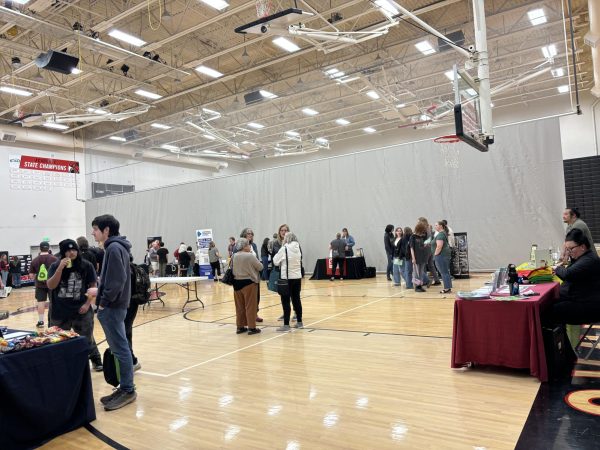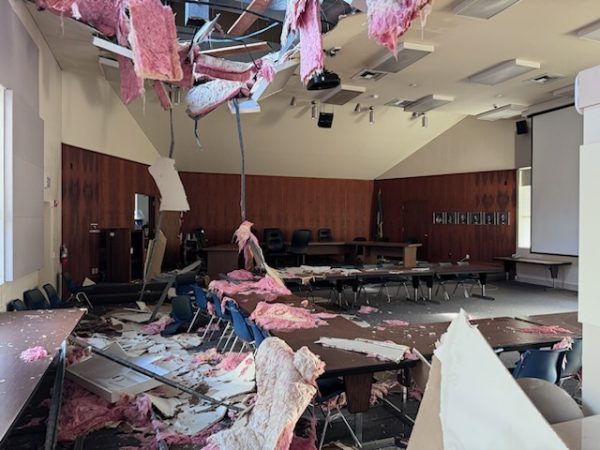Bellingham Public Schools Faces Budget Cuts for 2023-2024 School Year
May 31, 2023
Next year’s budget reductions will total approximately $16 million across the Bellingham Public School District. These cuts will affect every area of the district, causing staffing cuts and raising costs for families.
Budget cuts are not unique to Bellingham. BPS is facing this issue alongside almost every other school district in Washington State; including The Mukilteo School District, which is cutting 111.5 full time positions; The Bellevue School District, which is consolidating schools; and The Edmonds School District, which is facing budget deficit of $8.9 million.
A considerable amount of the funding reduction is due to the drop in student enrollment across the district during the 2020-2021 school year, where funding is often most dependent on student enrollment. The overall funding from the state has also decreased for several other reasons including inflation, which has caused the cost of school equipment and staffing to increase faster than the state is funding, and regionalization, which adjusts funding to help decrease cost-of-living differences. While enrollment has decreased over the last few years, the employment of staff has increased for greater support during COVID-19. Alongside these budget cuts, BPS must still fund the employment of its staff, which accounts for about 86% of the budget. This increases the gap between provided funding and the money needed for employment of staff. The COVID funding provided to schools by the state will also run out by the end of this school year, meaning there will no longer be funding for this increased staffing.
The effects of this budget reduction will be seen in every area of the district. Superintendent Dr. Baker announced that this includes several losses in staffing at a district level; decreasing warehouse, electrician, custodial, and other like positions; loss of specialist positions at an elementary school; loss of staffing in the middle schools; and other staffing decreases at all levels.
BPS has also identified other areas to reduce costs including charging for items within the Project Free Education, a program built in 2011 to fund free supplies, full time kindergarten, several keystone field trips, the PSAT for high schoolers, yearbooks, and reduced AP test fees. Similarly, decreasing field trips, increasing childcare fees, and increasing meal fees will be done to help cut down on the budget deficit. Creating income through these avenues will hopefully ensure that despite budget cuts, students will still be supported throughout their learning lives, being able to take classes and participate in programs that may otherwise no longer be offered.
Another way BPS raises money is through local levies and bonds. However, there are several problems with using either approach for raising money. Levies are capped at $2.50 per $1,000 of assessed value, or around $2,500 per full-time equivalent student. Furthermore, levies are dependent on voter approval and the funding from levies are already being used to fund important staffing and programs. Bonds, another way schools receive money, are only used for construction, and cannot be used to fund BPS’s staff.
Although much is unconfirmed regarding specific effects to specific school programs including classes, clubs, and other activities, it is certain that next year will be a noticeably different landscape for the students attending schools in BPS.

















